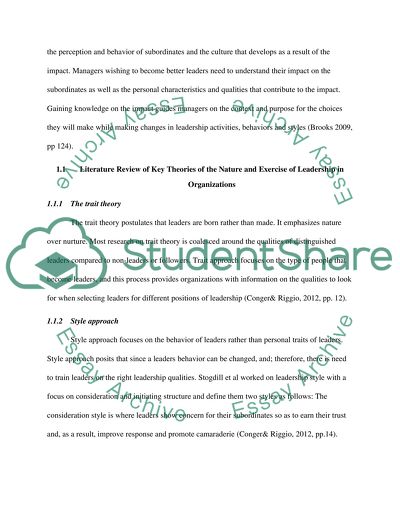Cite this document
(“Leadership essence Essay Example | Topics and Well Written Essays - 3000 words”, n.d.)
Retrieved from https://studentshare.org/miscellaneous/1615122-leadership-essence
Retrieved from https://studentshare.org/miscellaneous/1615122-leadership-essence
(Leadership Essence Essay Example | Topics and Well Written Essays - 3000 Words)
https://studentshare.org/miscellaneous/1615122-leadership-essence.
https://studentshare.org/miscellaneous/1615122-leadership-essence.
“Leadership Essence Essay Example | Topics and Well Written Essays - 3000 Words”, n.d. https://studentshare.org/miscellaneous/1615122-leadership-essence.


